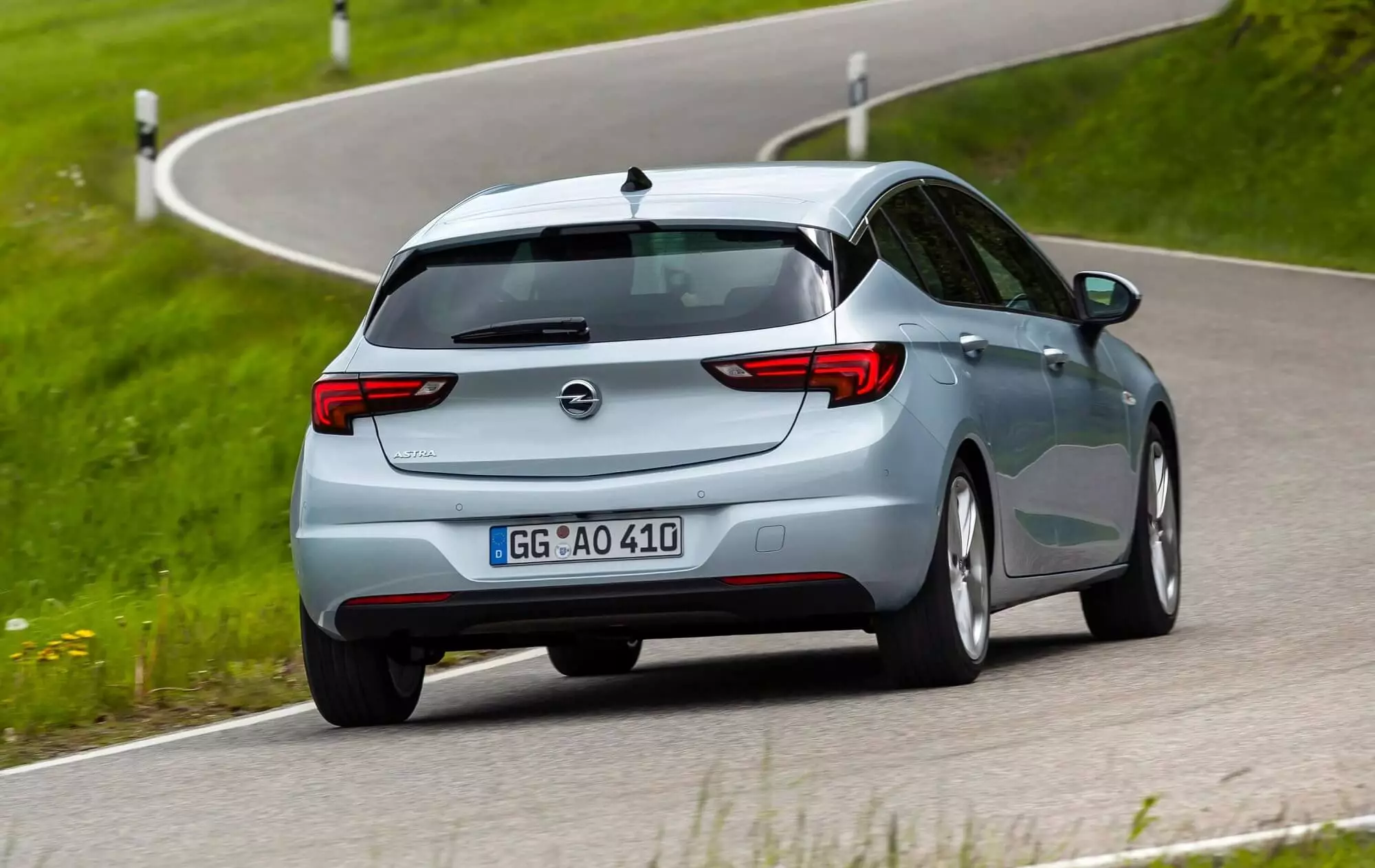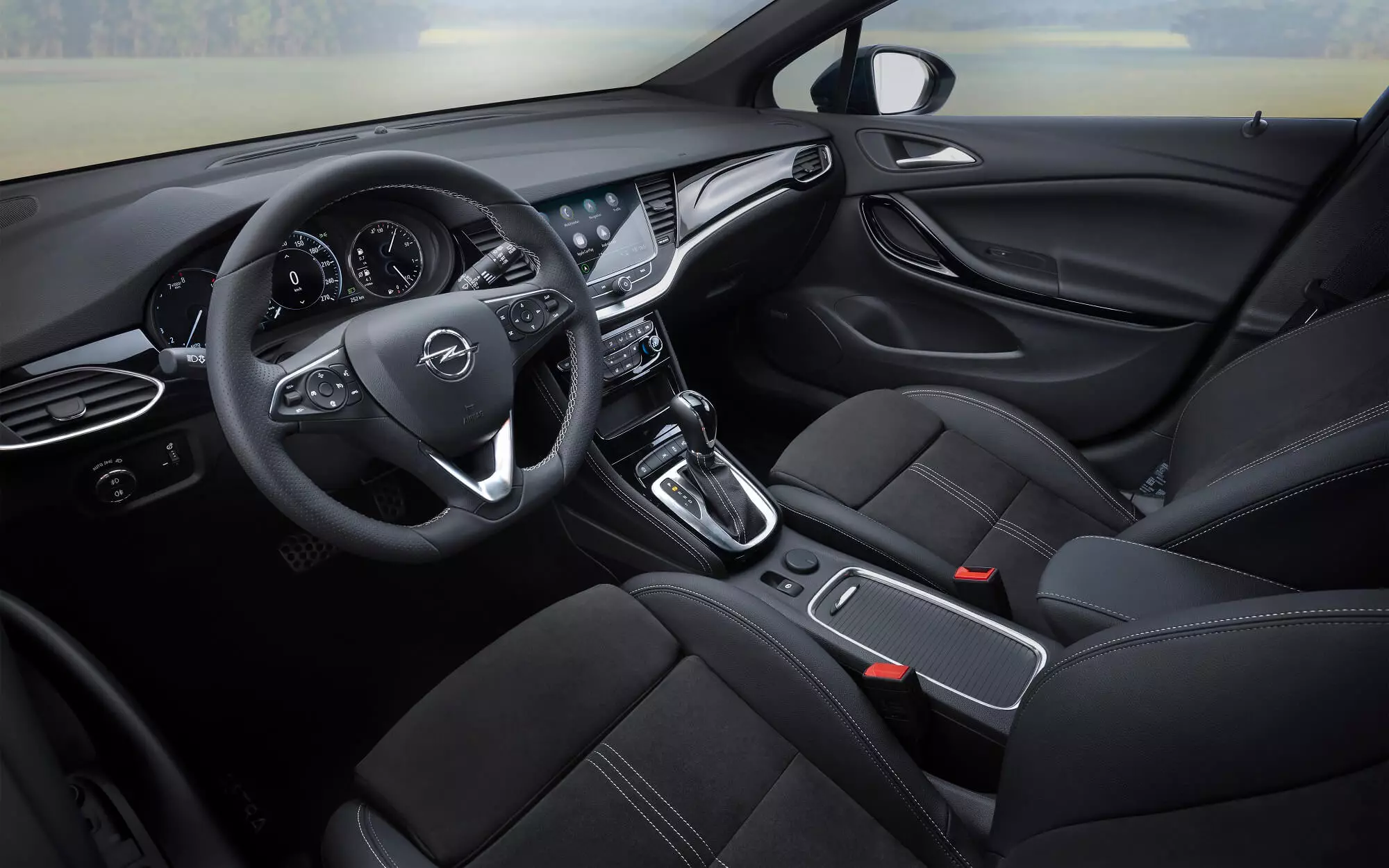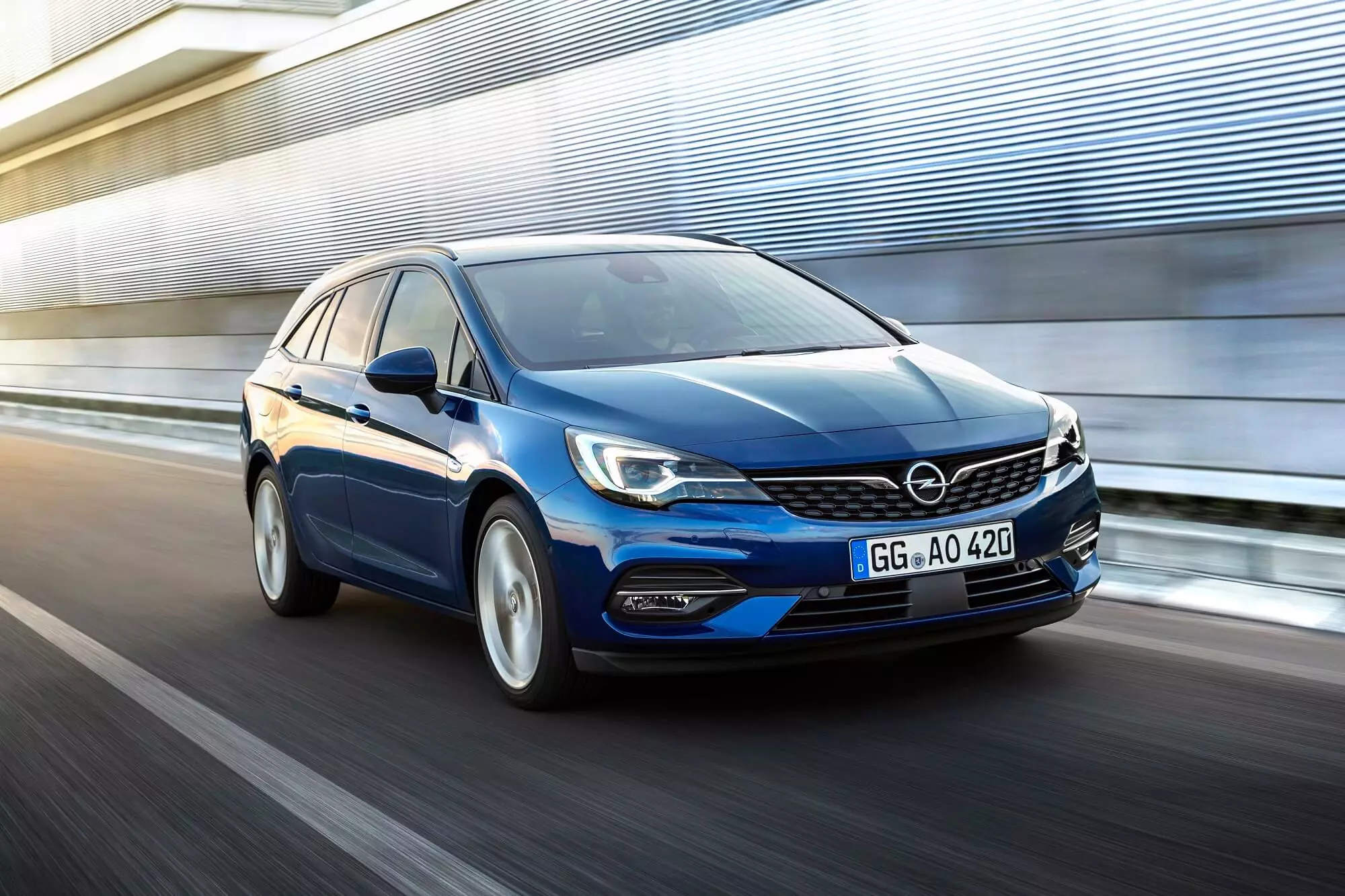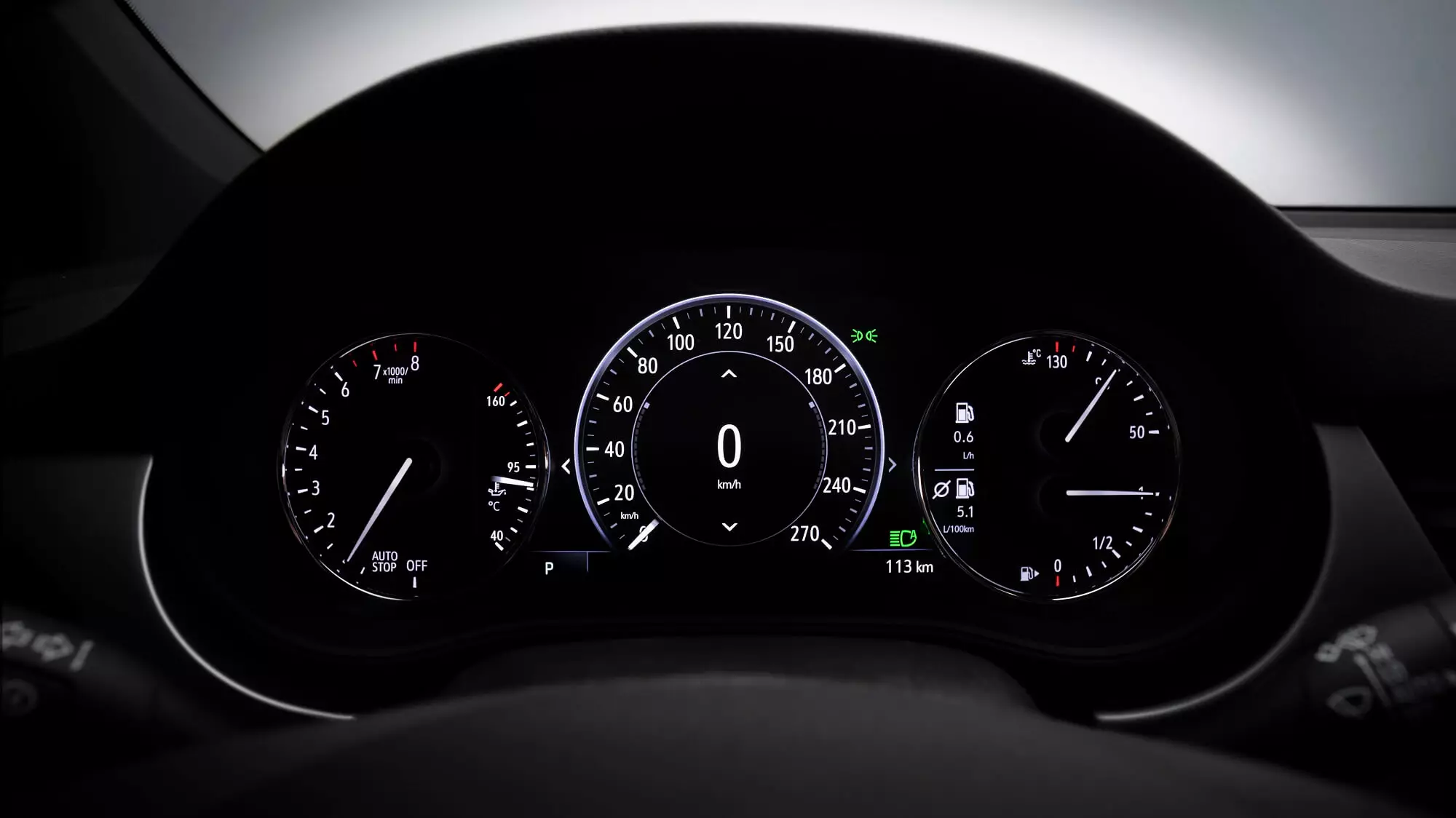After having unveiled the new generation of the Corsa, Opel is now revealing the restyling of another of its best sellers, the Astra. Launched in 2015, the current generation of the German model thus sees its arguments renewed in an attempt to remain current in the always competitive C-segment.
In terms of aesthetics, the changes were (very) discreet, practically summed up in a new grille. Thus, abroad, the work was more focused on aerodynamics, allowing the German model to see its aerodynamic coefficient improve (in the estate version the Cx is only 0.25 and in the hatchback version at 0.26).
All this focus on aerodynamics was part of Opel's effort to make the Astra more efficient and whose main milestone was the adoption of new engines by the German model.

Astra's new engines
The main focus of the Astra renovation was on the engines. Thus, the Opel model received a new generation of diesel and gasoline engines, all of them with three cylinders.
The gasoline offer starts with a 1.2 l with three power levels: 110 hp and 195 Nm, 130 hp and 225 Nm and 145 hp and 225 Nm, always associated with a six-speed manual gearbox. At the top of the gasoline offer we find a 1.4 l also with 145 hp but 236 Nm of torque and CVT gearbox.
Subscribe to our newsletter
The Diesel offer is based on 1.5 l with two power levels: 105 hp and 122 hp. In the 105 hp version the torque is 260 Nm and is only available with a six-speed manual gearbox. As for the 122 hp version, it has 300 Nm or 285 Nm of torque depending on whether it is associated with the six-speed manual transmission or the unprecedented nine-speed automatic transmission.

According to Opel, the adoption of this range of engines has made it possible to reduce CO2 emissions from the gasoline Astra by 19%. The 1.2 l engine consumes between 5.2 and 5.5 l/100km and emits between 120 and 127 g/km. The 1.4 l consumes between 5.7 and 5.9 l/100km and emits between 132 and 136 g/km.
Finally, the Diesel version announces consumption between 4.4 and 4.7 l/100km and emissions of 117 and 124 g/km in versions with manual transmission and between 4.9 to 5.3 l/100km and 130 to 139 g /km for the version with automatic transmission.

Improved chassis and enhanced technology
In addition to the new engines, Opel also decided to make some improvements to the chassis of the Astra. Thus, it offered him shock absorbers with a different configuration and, in the sportier version, Opel opted for a “harder” damping, a more direct steering and Watts connection on the rear axle.

At the technological level, the Astra received an optimized front camera, improved infotainment systems and even a digital instrument panel. With orders scheduled to start in a few weeks and delivery of the first units is scheduled for November, prices for the renewed Astra are not yet known.
